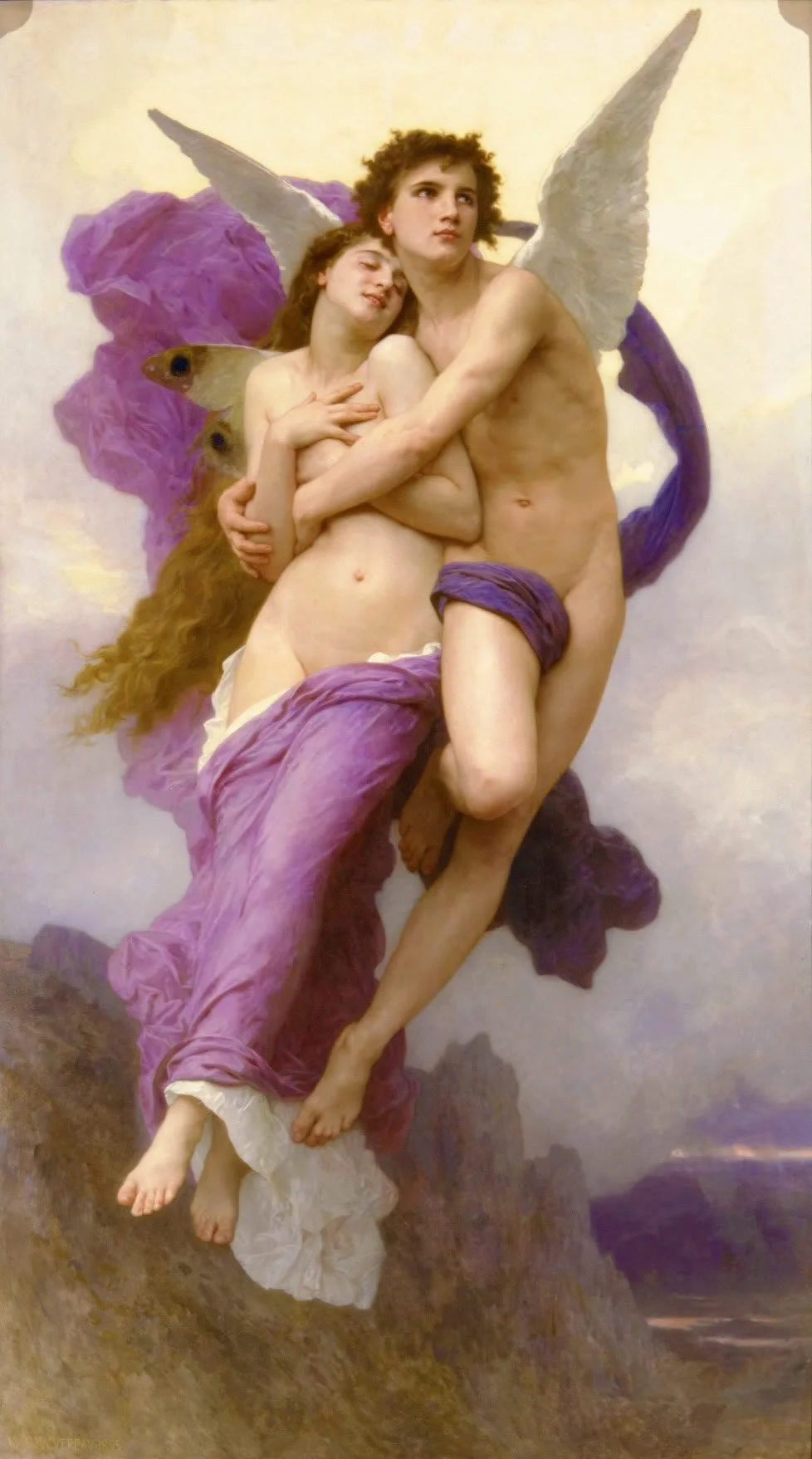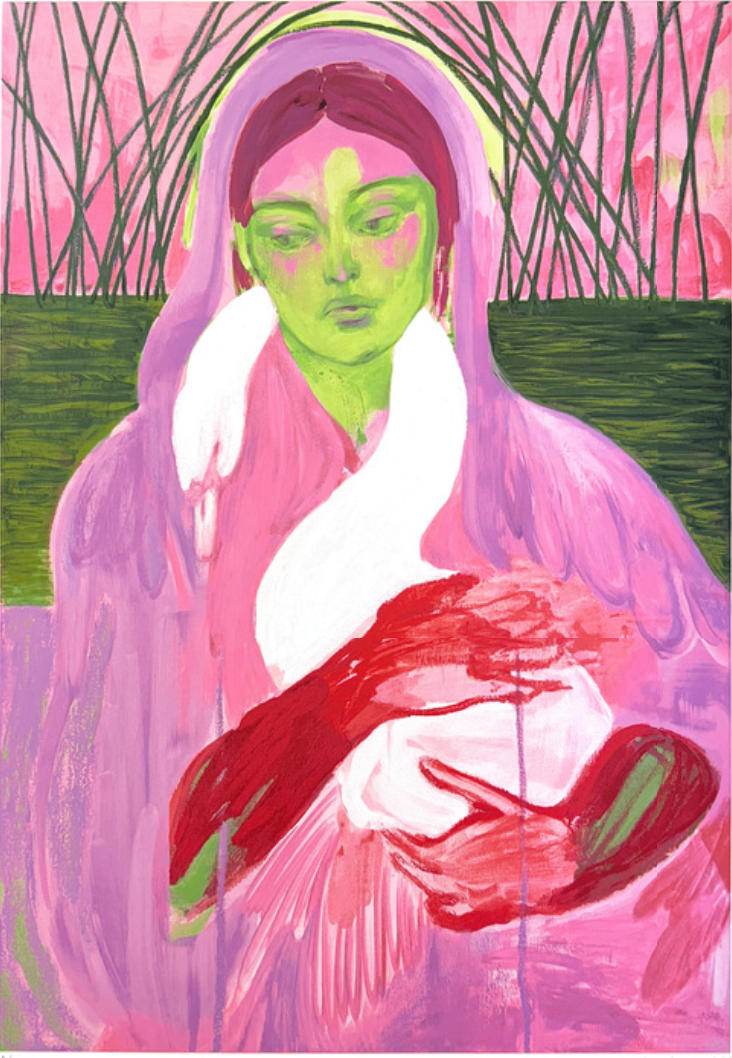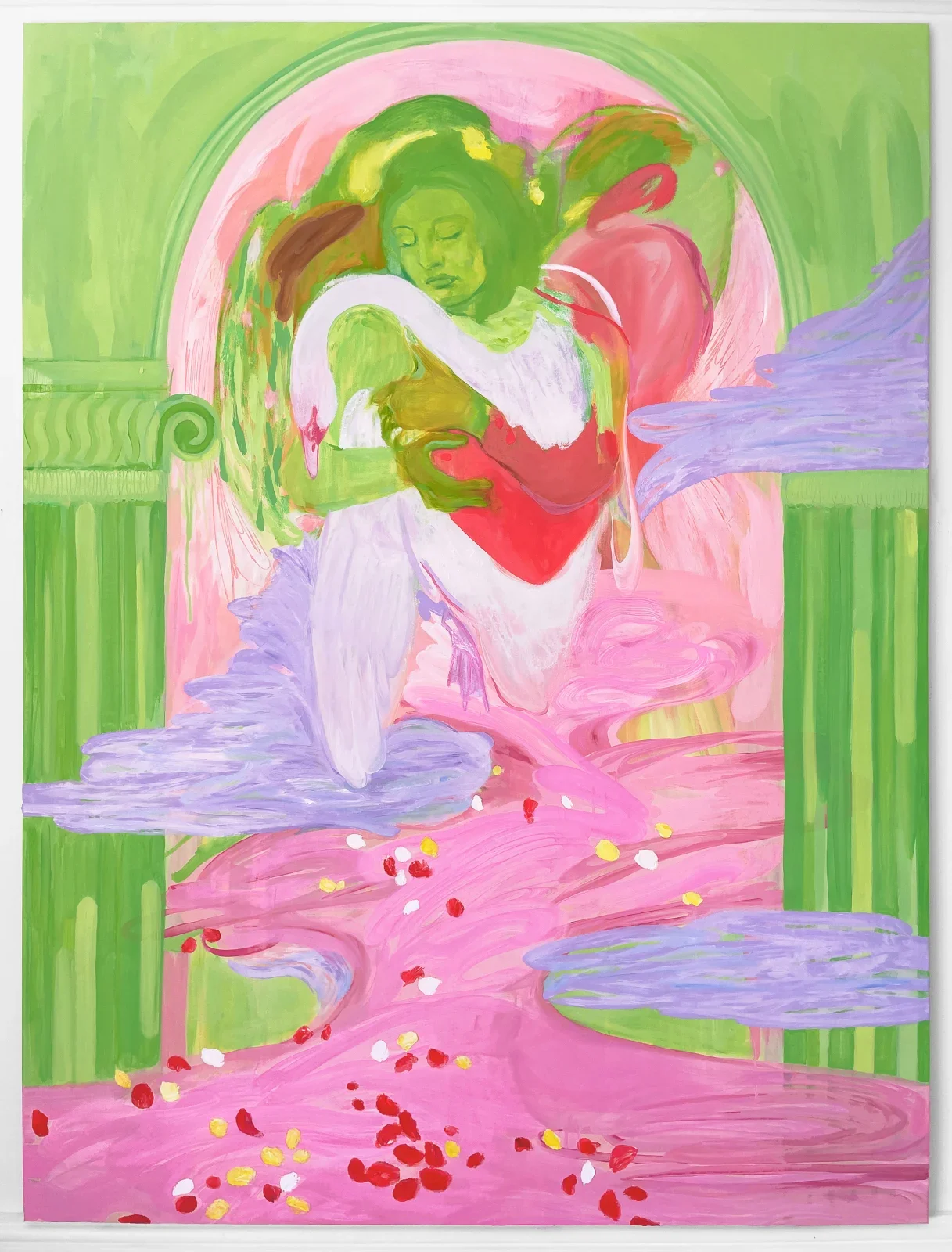Mythic Revival: Folklore and Legends in the Art of Today
By Emma Hapner, October 24, 2025
Since the earliest cave paintings and carved idols, artists have turned to myth and legend to make sense of the world around them and within them. From the gods of ancient Greece to the folktales of forgotten cultures, myths have served as vessels for collective memory, morality, and meaning. Across centuries and civilizations, visual art has been a key medium through which these stories are told, retold, and transformed.
Whether etched into temple walls or rendered in Renaissance frescoes, mythical imagery has always held a special place in the artist’s toolkit, offering a bridge between the tangible and the transcendent. But what happens when these age-old symbols are reimagined through the lens of the modern world? How do today’s artists engage with ancient narratives, and what new myths are being shaped in the process?
In this post, we explore how myths and legends continue to inform the art of today, not as relics of the past but as dynamic sources of inspiration, resistance, and reinvention.
Caravaggio, Narcissus, Oil on Canvas, 1599
First, we can start by looking at prominent examples of art exploring mythology throughout history. One of the most compelling examples of this enduring dialogue between myth and art can be found in Caravaggio’s powerful depiction of the Narcissus myth. Caravaggio’s Narcissus is based on a myth from Ovid’s Metamorphoses. Narcissus was a beautiful young man who rejected all who loved him, including the nymph Echo. As punishment for his arrogance, the gods caused him to fall in love with his own reflection in a pool of water. Unable to look away, he became consumed by this illusion and eventually died beside the pool. A flower, the narcissus, grew in his place.
In Caravaggio’s painting, Narcissus is shown gazing at his reflection in a dark, still pool. The composition emphasizes his isolation and obsession, capturing the psychological depth of the myth. The focus on the figure and his mirrored image speaks to themes of vanity, self-delusion, and the thin line between desire and destruction.
William-Adolphe Bouguereau, The Abduction of Psyche, oil on canvas, 1895
While Caravaggio explores the dangers of self-obsession through a dark and introspective lens, William-Adolphe Bouguereau turns to a more romantic vision of myth, capturing love’s power to elevate and transform. Bouguereau’s The Abduction of Psyche draws from the ancient myth of Cupid and Psyche, first told in Apuleius’s The Golden Ass. Psyche, a mortal woman of extraordinary beauty, wins the love of the god Cupid, despite a series of divine trials and the jealousy of Venus, Cupid’s mother. After enduring many hardships, Psyche is granted immortality and is united with Cupid in the heavens. Bouguereau captures the moment of Psyche’s ascension, held gently in Cupid’s arms as they rise through the sky. The painting blends idealized beauty with emotional intimacy, reflecting themes of love, transformation, and the soul’s journey toward the divine. The soft light and graceful forms suggest a timeless longing for union, both earthly and spiritual.
Amy Beager, Wetlands, oil on canvas, 2022
In a dreamlike collision of color and form, Amy Beager reimagines ancient myth through a contemporary lens. Her paintings, populated by ethereal female figures and ghostly swan silhouettes, evoke the atmosphere of a fairy tale unfolding in real time. In Swan Maidens, her debut solo exhibition with Kristin Hjellegjerde Gallery in 2022, Beager draws inspiration from folklore, particularly the legend of women who transform into swans, to explore the tension between two worlds: the human and the otherworldly, the physical and the spiritual.
The title of the exhibition may allude to the Swan Maiden folktale, a story with roots across many cultures but most famously recorded in Britain by folklorist Joseph Jacobs. In his version, a man secretly observes a group of maidens who transform from swans into women by shedding their feathered cloaks to bathe. He hides the cloak of the youngest, preventing her from returning to her swan form, and eventually marries her. Though she bears him children and appears to accept her new life, the tale ends with her rediscovery of the cloak and her return to the skies, leaving her human family behind. This narrative of enchantment, loss, and female autonomy resonates throughout Beager’s work, not as literal illustration but as emotional and symbolic undercurrent. Her figures, suspended in moments of transformation, speak to the inner conflict between freedom and belonging, and the timeless allure of escape.
Xanthe Burdett, Verdue, oil on linen, 2025
Xanthe Burdett’s work explores myths of transformation where the boundaries between human and nature dissolve. Central to this may be the story of Daphne and Apollo. Pursued by the god Apollo, Daphne calls upon her father, a river deity, to save her and is transformed into a laurel tree. This myth of escape through metamorphosis captures both violence and resilience, themes that echo throughout Burdett’s practice.
Her works also recall archetypal figures like the Green Man, whose foliate face emerges from medieval stone, and visionary voices such as Hildegard of Bingen, who linked the body and nature through mysticism. By referencing these symbols while rooting her imagery in lived experience, Burdett creates what she calls a “personal mythology,” one that threads together past and present, myth and memory, the monumental and the intimate. By invoking myths of transformation, Burdett’s work resists closure. Instead, it offers a vision of bodies and environments in flux, reminding us that myths are not relics of the past but living frameworks through which we continue to understand change, vulnerability, and survival.
Janice Sung, Ocypete, oil on panel, 2025
Canadian artist Janice Sung creates dreamlike paintings and illustrations that blur the boundaries between the human, natural, and spiritual worlds, a space long explored through mythology. Rooted in both Eastern and Western art traditions, her work often portrays ethereal female figures suspended in luminous, otherworldly settings, surrounded by plants, animals, and flowing light. In series such as The Abyss, Sung’s figures drift in dark waters among koi fish and blossoms, evoking mythic beings who exist between realms, such as water nymphs, sirens, or spirits of transformation. Her compositions capture the timeless essence of myth: a sense of mystery, power, and connection with forces beyond the visible world. By merging Renaissance grace with East Asian symbolism and contemporary technique, Sung reimagines myth as a living language of beauty, femininity, and rebirth, revealing how the mythic continues to flow quietly beneath the surface of modern life.
Sung’s painting Ocypete reimagines the harpy of Greek mythology as a hauntingly elegant figure, embodying both vengeance and allure. Described by the artist as “a harpy sent by the gods to punish and steal what mortals hold dear,” the work captures the tension between divine wrath and human desire, transforming a creature of punishment into a symbol of power and mythic beauty.
Featured:
Amy Beager
IG: @amybeager
Website: https://www.amybeager.com/
Xanthe Burdett
IG: @xantheburdett
Website: https://xantheburdett.com/
Janice Sung
IG: @janicesung
Website: https://www.janicesung.com/

















